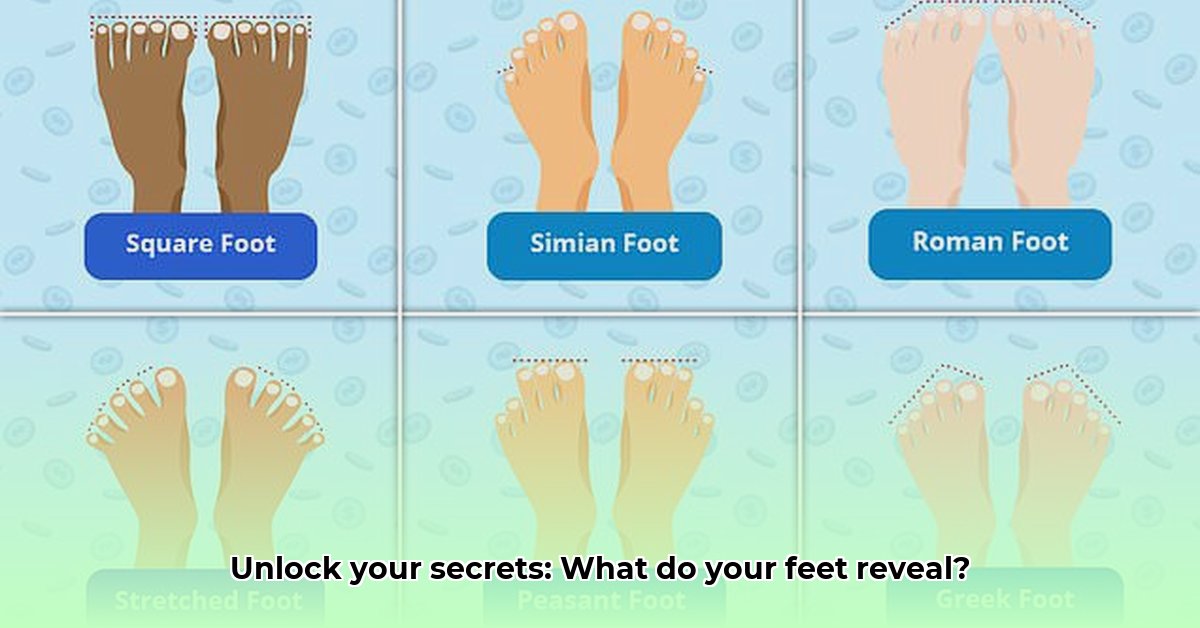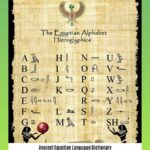Do you believe the shape of your feet can reveal secrets about your personality? The concept of “Egyptian feet,” characterized by a prominent big toe followed by progressively shorter toes, has long been associated with certain personality traits. While the idea of feet dictating destiny is intriguing, this article separates fact from fiction, exploring the historical and cultural context of Egyptian feet, focusing on practical health advice, and offering a comprehensive foot care guide. For a visual guide to foot parts, check out this helpful resource: foot parts diagram.
Identifying and Understanding Egyptian Feet
Recognizing Egyptian feet is simple: your big toe is the longest, with the other toes gradually decreasing in length, forming a diagonal slope. Visual aids, readily available online, can help confirm your foot type by comparing Egyptian feet to other shapes like Roman or Greek feet. This identification can be helpful in understanding potential foot health considerations, as foot shape can sometimes influence susceptibility to specific conditions.
Historically, Egyptian art often depicted this foot shape, possibly reflecting aesthetic preferences of the time. While no scientific evidence links foot shape to personality, acknowledging these cultural associations offers an interesting glimpse into historical beliefs. However, it’s important to view these connections as cultural curiosities rather than definitive personality indicators.
The Impact of Foot Shape on Health
While foot shape doesn’t determine personality, it plays a crucial role in weight distribution and biomechanics. This can influence susceptibility to certain foot conditions. Egyptian feet, due to their structure, can increase the risk of bunions (a bony bump at the base of the big toe), ingrown toenails (where the nail grows into the surrounding skin), Morton’s neuroma (a painful condition affecting the ball of the foot), and hammertoe (a deformity causing toes to bend abnormally). Understanding these potential risks allows for informed choices regarding footwear and preventative measures.
Proactive Foot Care for Egyptian Feet
Proper foot care is essential for everyone, but especially for those with Egyptian feet. Choosing appropriate footwear is paramount. Opt for shoes with a wide toe box, providing ample space for your toes to spread naturally and preventing cramping or pressure on the big toe. Adequate arch support helps distribute weight evenly and maintain proper foot alignment, minimizing strain on the plantar fascia (the tissue supporting the arch of the foot). Cushioning absorbs impact, reducing stress on joints and preventing conditions like plantar fasciitis (heel pain).
Regular stretching exercises enhance flexibility and range of motion in the foot and ankle. Simple stretches like toe curls, ankle rotations, and calf stretches can improve circulation, prevent stiffness, and reduce the risk of injury. Maintaining proper hygiene, including keeping feet clean and dry, helps prevent fungal infections like athlete’s foot. Regularly moisturizing your feet can prevent dryness and cracking, especially in the heel area.
Essential Foot Care Practices for Overall Well-being
Foot health is often overlooked, but it significantly impacts overall well-being. Beyond selecting appropriate footwear and maintaining hygiene, incorporating regular foot care practices into your routine can make a substantial difference. Daily foot massages can improve circulation, relieve tension, and identify potential problems early on. Regularly examining your feet for any changes, such as cuts, blisters, or discoloration, is crucial for early detection of potential issues. Consulting a podiatrist for professional advice and treatment is recommended, particularly if you experience persistent foot pain or discomfort.
By understanding the unique characteristics of Egyptian feet and adopting proactive foot care practices, you can maintain healthy, comfortable feet and ensure long-term foot health and overall well-being.
- China II Review: Delicious Food & Speedy Service - April 17, 2025
- Understand Virginia’s Flag: History & Debate - April 17, 2025
- Explore Long Island’s Map: Unique Regions & Insights - April 17, 2025
















